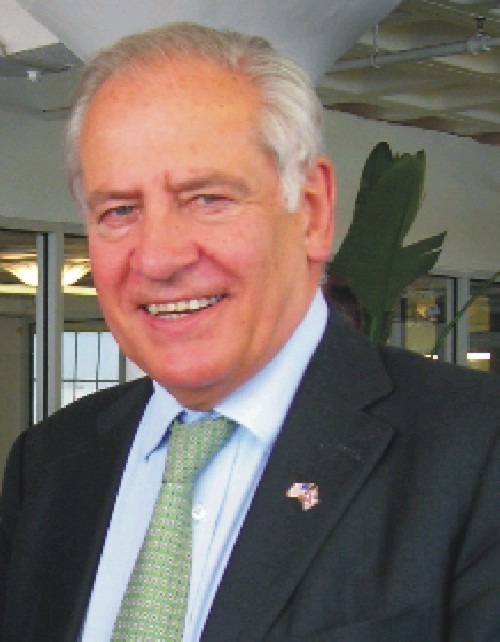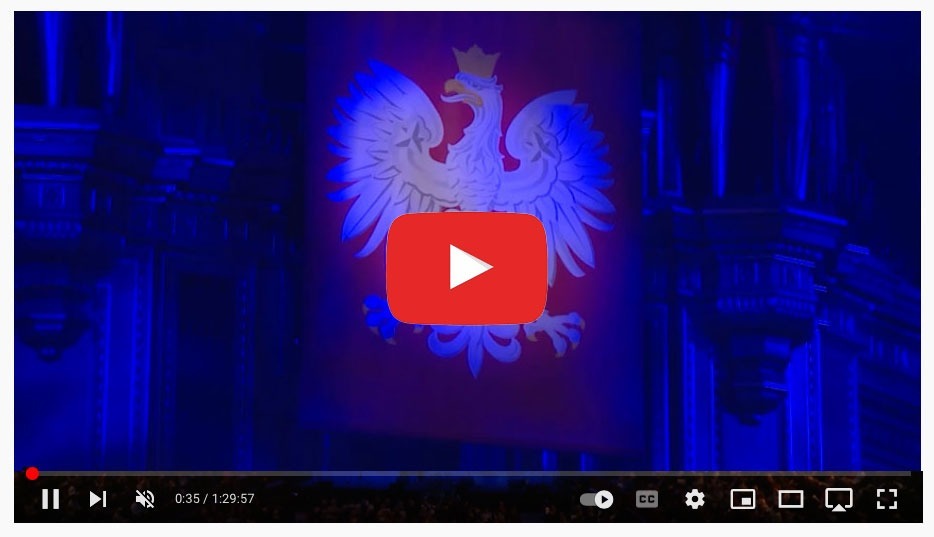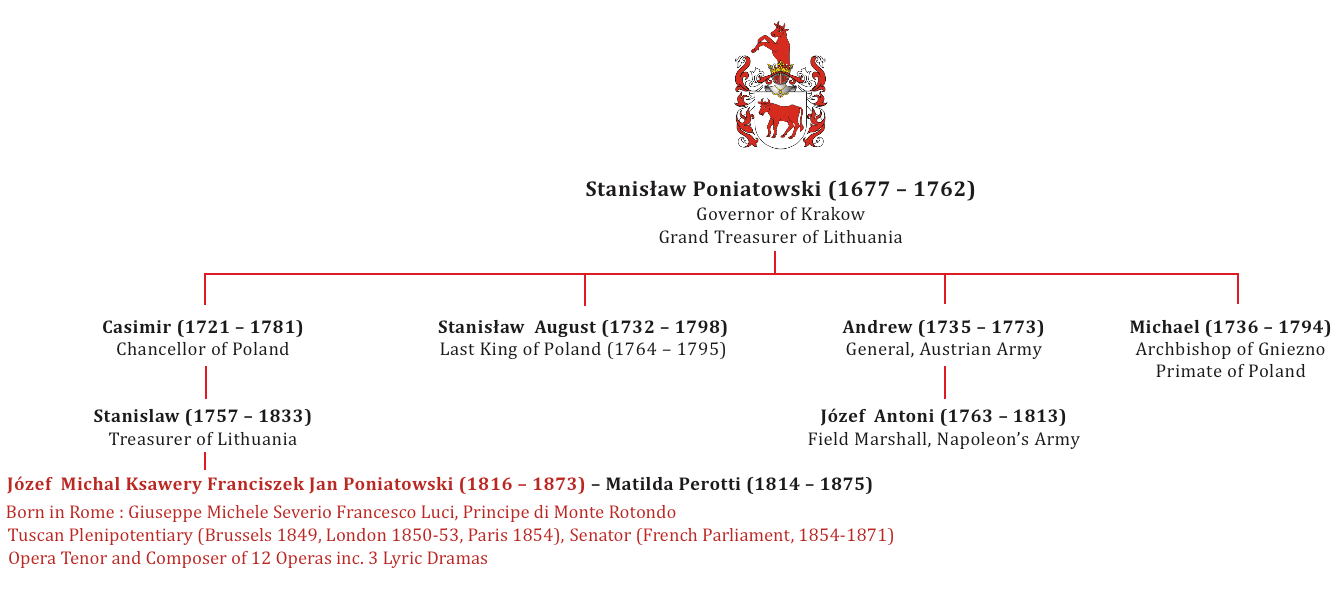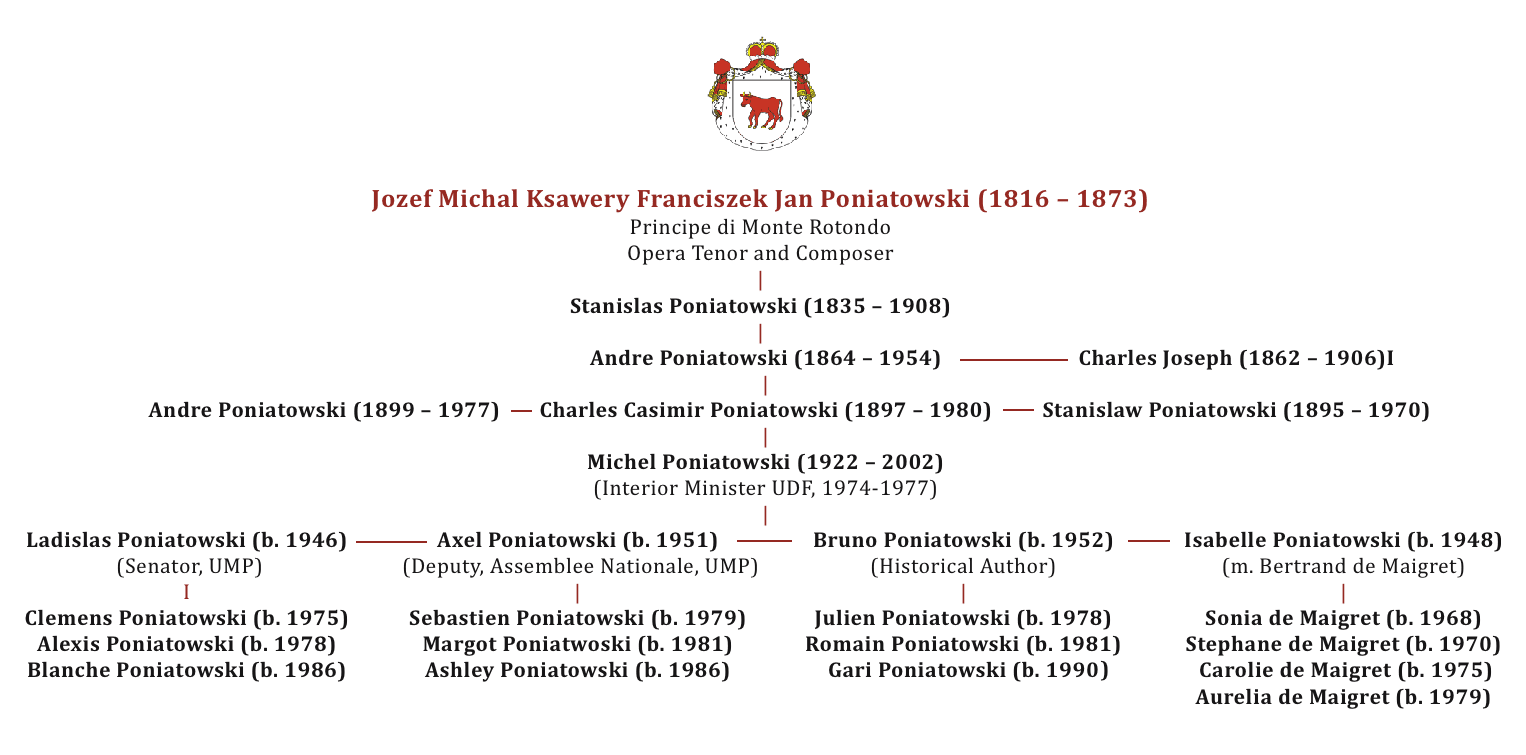
Make a donation
to PHS
Introducing
The Institute
of Polish
Military History

A message from our President, General Lord Guthrie of Craigiebank

'I am delighted to be associated with the work of the Polish Heritage Society and very honoured to serve as its President. The Society's work highlights the enormous contribution which generations of Poles have made to their adopted country. Preserving and celebrating that heritage will only further strengthen the ties between Poland and the United Kingdom.
I worked closely with the Society on the project to build a memorial to the Polish Forces at the National Memorial Arboretum and saw at first hand the energy and dedication of those involved.
I encourage you to explore this website and learn about the many other projects the Society has sponsored. Do please contact us if you would like to be involved in any way'.
General The Lord Guthrie of Craigiebank GCB LVO OBE

A Debt of Dishonour is a unique documentary film dedicated Major General Sosabowski and all ranks who served in the 1st Polish Independent Parachute Brigade Group and to their Comrades-in-Arms of the 1st British Airborne Division that fought in the ill-fated “Operation Market Garden” at Arnhem and Driel during September 1944.

The Polish Heritage Society
Prince Jozef Michal Poniatowski - historical background
(Researched and written by Marek Rencki)
 Family Background
Family Background
The Polish Poniatowski princely family is of Italian origin, tracing descent from Giuseppe Torelli (1658 – 1709) who married an heiress of the Lithuanian family of Poniator and whose name he assumed (Torelli was the most prolific Baroque composer for trumpets having composed more than 30 concerts for trumpets).
 Musical Background
Musical Background
Poniatowski was born in Rome (20 February 1816) and educated at the College of Piarists of Florence. Afterwards, he studied under the Florentine musician Ferdinand Ceccherini, devoting himself to composition and singing, appearing in the leading theatres in Florence, Lucca, Bologna and Genoa, mostly in works by Rossini and Donizetti.
His first opera, “Giovanni da Procida” was staged in Florence in 1838 with Poniatowski singing the tenor part – it was well received.
His second opera – a lyrical drama - “Don Desiderio” (1840) was even a greater success being performed all over Italy including Venice, Florence, Milan, Livorno, Bologna, Rome and Naples and eventually in Paris. Of his 12 operas, “Boniface de Geremel” (1843) was the most popular of all operas in Italy at that time.
 Coat of Arms of Princes Poniatowski since 1764 He has composed 12 Operas including 3 Lyrical Dramas :
Coat of Arms of Princes Poniatowski since 1764 He has composed 12 Operas including 3 Lyrical Dramas :
1. Giovanni da Procida (Florence, 1838)
2. Boniface de Geremel (Lucca, 1843)
3. The Bride of Abidos (Venice, 1845)
4. Malek Adhel (Genoa, 1846)
5. Lambertazzi (Florence, 1848)
6. Pierre de Medicis (Theatre Lyrique, Paris, 1860)
7. Au Travers de Mur (Theatre Lyrique, Paris, 1861)
8. L'Aventurier (Theatre Lyrique, Paris 1865)
9. La Contesse (Theatre Lyrique, Paris, 1868)
The 3 lyrical dramas which have survived include :
10. Don Desiderio (Pisa, 1840)
11. Esmeralda (Florence, 1847)
12. Gelmina (Covent Garden, London, 1872)
[He is also credited with “Ruy Blas” (Lucca, 1843) which unfortunately has been lost]
His operas are marked by melodic inventiveness and effective orchestration (Grove Music Encyclopedia). Warsaw critics wrote that he sang like Rubini and composed like Donizetti (Kurier Warszawski, March 1844).
His ballad “The Yeoman’s Wedding Song” remained popular in England for a long time. He wrote a booklet, “Le Progres de la Musique Dramatique” (Paris, 1859). In addition Poniatowski was appointed Director of Theatre Italien in Paris in 1861.
 19th Century Polish Opera
19th Century Polish Opera
There are 4 very well-known Polish Opera composers who worked at the same time as Poniatowski : Elsner, Kurpinski, Boguslawski and Moniuszko. All these names, particularly Moniuszko, are extremely well known and are regularly performed in Poland.
Yet Poniatowski’s reputation is, essentially non-existent. Putting aside rare performance in Warsaw (1844), Poniatowski is simply unheard of. The first public performance for over 100 years happened in July 2011 on Polish Radio which played Poniatowski’s “Pierre de Medicis”.
Yet Poniatowski’s operas are regularly played in both Italy and France.
 Social Background
Social Background
Though the son of the Polish Prince Stanislaw Poniatowski, Poniatowski was born out of wedlock. He was recognised as his son only 6 years later in 1822 after the family moved from Rome to Florence. He was only legitimised in 1847 at the age of 31 following the intervention of the Grand Duke of Tuscany Leopold II who appointed him Prince of Monte Rotondo. He also had 2 siblings, a brother Charles and a sister Elisa.
He married Matilda Perotti (1814 – 1875) with whom he had 1 son who was Equerry to Emperor Napoleon III (Stanislaw Augustus, 1835 – 1908, died in Paris).
Poniatowski was also in the Tuscan diplomatic service, having been appointed plenipotentiary by the Grand Duke to Brussels (1849), London (1850-53) and Paris (1854). In that same year, Poniatowski became a naturalised French citizen and was appointed a Senator in the Upper Chamber of French Parliament by the French Emperor, Napoleon III.
Interestingly, Poniatowski is the great grandfather of the late Michel Poniatowski (1922 – 2002) who was the Founder and President of L’ Union pour la Democratie Francaise, UDF). In addition, Michel Poniatowski served as Minister of Health from 1973 – 1974 under Pierre Mesmer (French Prime Minster) and then became Minister of Interior (1974 – 1977) under the French President Valery Giscard d’Estaing.
 Exile in England
Exile in England
Napoleon III was the last Monarch of France, being expelled in 1871 to England after being held responsible for losing the Franco-Prussian War. Poniatowski followed him to exile and they both settled in Chislehurst, Kent (near Bromley).
The French Monarch and his Imperial family lived in Camden Place. He died in January 1873 and was originally buried in St. Mary’s Roman Catholic Church, Chislehurst. His Empress Eugenie moved to Farnborough and eventually transferred Napoleon’s body to the Imperial Crypt at St. Michael’s Abbey, Farnborough in 1888. She (and their only son, Eugene Louis Jean Joseph who died in 1879) is also buried with Napoleon at St. Michael’s Abbey.
Poniatowski was in financial difficulty and was about to emigrate to USA when he died on 04 July 1873, aged 57. He was buried in the same cemetery as Napoleon III was originally buried (St. Mary’s Roman Catholic Church, Chislehurst).






